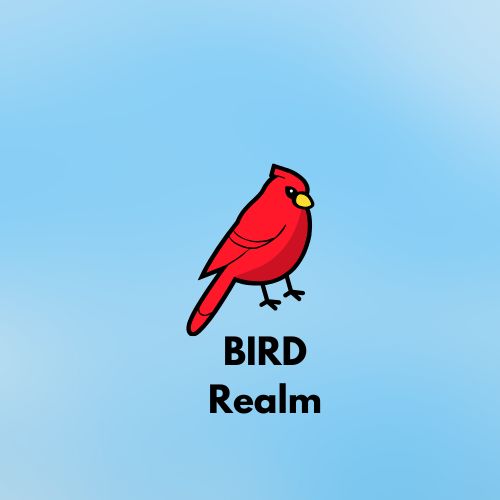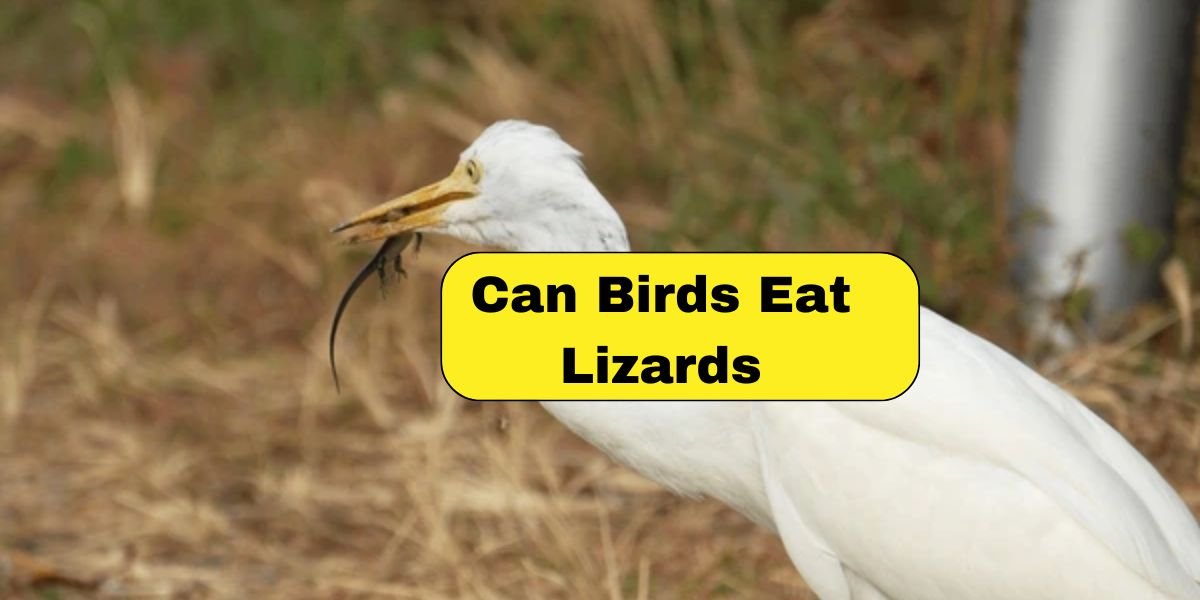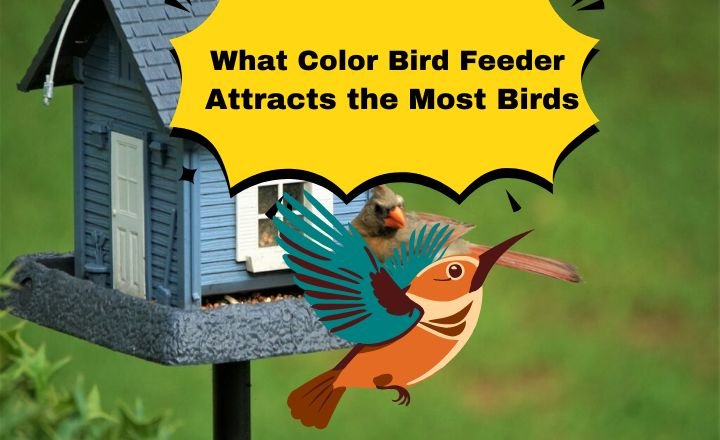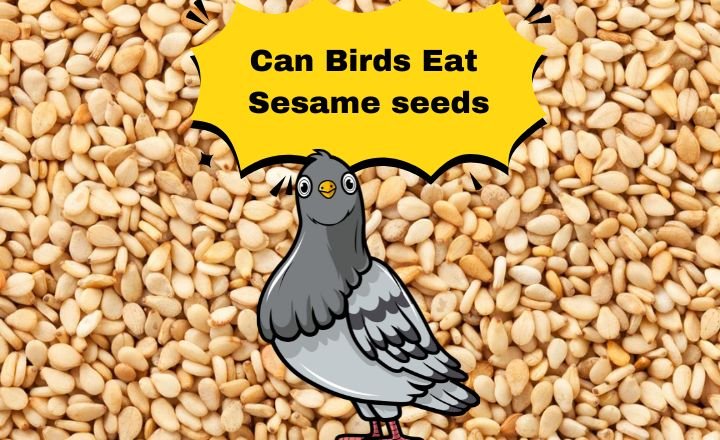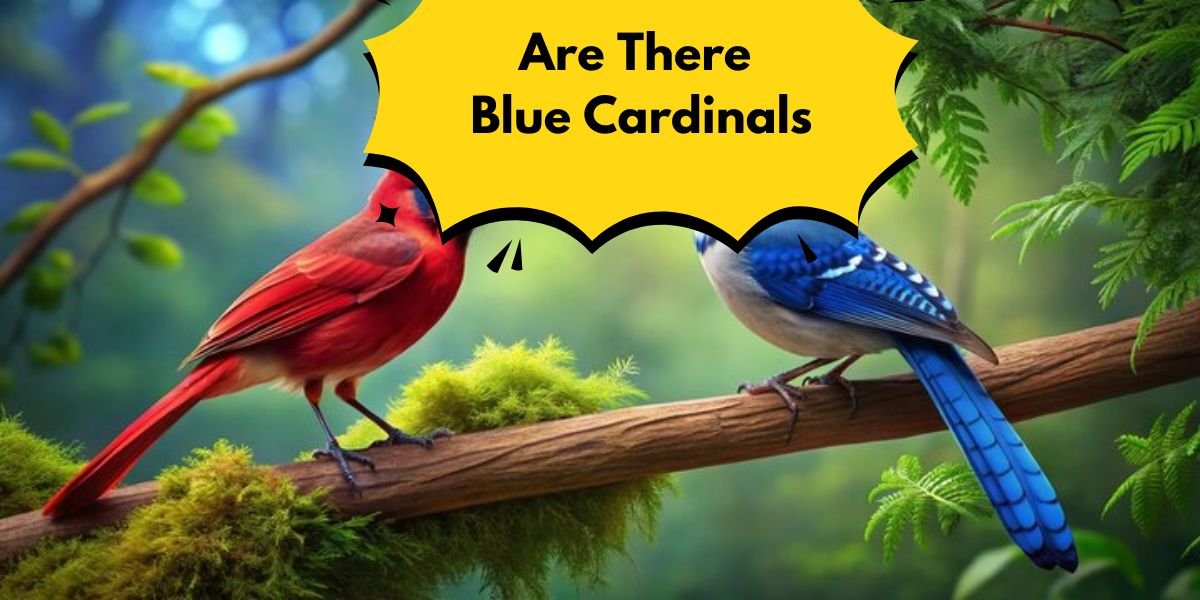Can Birds Eat Lizards?
Imagine walking through a forest and witnessing a bird swoop down to catch a lizard—a scene that might seem unusual but is not entirely out of the realm of possibility. The question, “Can birds eat lizards?” opens up a fascinating discussion about the predatory behaviors of certain bird species and their varied diets.
In this guide, we will explore which birds may include lizards in their meals, the nutritional benefits of such a diet, and what this means for both birds and lizards in their natural habitats.
Which Birds Eat Lizards?
Many birds have evolved to include lizards in their diets, showcasing a fascinating aspect of avian adaptability. Raptors like hawks and eagles are well-known for their predatory prowess, often targeting lizards as part of their varied diet.

These birds utilize keen eyesight to spot their reptilian prey from great distances, swooping down with incredible precision. In addition to raptors, smaller birds such as shrikes and even some species of crows have been observed hunting and consuming lizards, demonstrating that the ability to eat lizards is not limited to large predators.
Raptors
Raptors’ hunting techniques are fascinating in their own right. With keen eyesight that can spot movement from great distances and powerful talons designed for grasping and immobilizing prey, these birds are perfectly equipped for targeting agile reptiles like lizards.
Some species even use specific strategies, such as soaring high above their territory to scout for potential meals or employing stealth to get close to their quarry before launching a swift attack.
Hawks
Hawks, known for their keen eyesight and exceptional hunting skills, play a crucial role in maintaining the balance of ecosystems. These raptors are not just masters of the sky; they are also opportunistic feeders that exhibit a diverse diet. While many people associate hawks primarily with small mammals or birds, they are adept at capturing various prey, including reptiles.
Eagles
Eagles are among the most powerful and majestic birds of prey, known for their keen eyesight and impressive hunting skills. These raptors have adapted to a variety of environments, from mountainous regions to coastal areas, allowing them to thrive in diverse ecosystems.
Falcons
Falcons, known for their incredible speed and agility, are among the most skilled predators in the avian world. These birds of prey possess keen eyesight that allows them to spot potential prey from great distances, often diving at speeds exceeding 200 miles per hour during a stoop, or hunting dive.
This remarkable ability not only showcases their physical prowess but also highlights their crucial role in maintaining ecological balance by controlling populations of small mammals and birds.
Owls
Owls, often regarded as the enigmatic guardians of the night, possess fascinating adaptations that make them exceptional hunters. Their remarkable ability to rotate their heads almost 270 degrees allows them to survey their surroundings without moving their bodies, an advantage in locating prey.
This unique trait, coupled with their acute hearing and excellent night vision, enables them to detect even the faintest rustle of lizards or small mammals in the underbrush. But what many may not realize is that owls play a critical role in controlling lizard populations, showcasing their importance in maintaining ecological balance.
Ground Birds
There are some ground birds that are listed below.
- Roadrunners
- Wild Turkeys
- Wading Birds
Roadrunners
Roadrunners play a vital role in their ecosystem. By controlling lizard populations, they contribute to the balance of their environment. their diet isn’t limited to lizards; they also consume insects, small mammals, and even snakes.

This dietary flexibility highlights their adaptability and resilience in various habitats. Observing a roadrunner in action offers a glimpse into the intricate web of life where each species, including these remarkable birds, contributes to the ecological tapestry.
Wild Turkeys
wild turkeys exhibit complex social structures and communication methods. Their vocalizations serve various purposes, from attracting mates to warning others of potential threats. Interestingly, the social dynamics within flocks can shift dramatically with the changing seasons, particularly during breeding periods when males become more territorial and competitive.
Wading Birds
wading birds such as herons and egrets can include lizards in their diet, taking advantage of the abundant resources available in their habitats. This behavior not only helps these birds meet their nutritional needs but also demonstrates the intricate balance of food webs within wetland ecosystems.
As these birds adapt to changing environments and varying food availability, they remind us of nature’s resilience. Observing these interactions can deepen our understanding of biodiversity and emphasize the importance of conserving wetland habitats, which serve as crucial sanctuaries for both wading birds and countless other species.
Others
Various Others birds that eat lizards may opportunistically including:
- Crows
- Kingfishers
Crows
The social structure of crows adds another layer to their fascinating behavior. They often gather in large groups, engaging in complex communication and exhibiting a range of vocalizations that convey different meanings.
This social interaction plays a crucial role in their survival, as they share information about food sources and potential threats. Such intelligence and community dynamics make crows not just scavengers but key players in their ecosystems, reminding us of the intricate relationships between species.
Kingfishers
The adaptability of kingfishers extends beyond their diet; they also exhibit fascinating behaviors that enhance their survival. For instance, certain species engage in cooperative breeding, where young birds assist in raising their siblings, ensuring a greater chance of survival for the next generation.
Which Birds Specialize in Lizards?
The ability of birds to consume lizards varies widely across species and habitats. While many birds can eat lizards, only a select few have evolved specialized techniques and anatomical adaptations that allow them to thrive on such prey. For instance, raptors like the Red-tailed Hawk exhibit powerful talons and keen eyesight, enabling them to spot and capture lizards from great distances.
Specialist Birds That Eat Lizards
The relationship between birds and lizards reveals fascinating ecological dynamics. For instance, some birds have developed specialized hunting techniques that coincide with the behavior of their reptilian prey.
The Green Heron is known for its patience and strategic approach, often using tools such as bait to lure unsuspecting lizards within striking distance. This not only highlights the cognitive abilities of these birds but also underscores the delicate balance within ecosystems where predator and prey interact in intricate ways.
Do birds eat lizard eggs?
Some birds are particularly skilled at locating and raiding these nests. For instance, crows and magpies, known for their intelligence and problem-solving abilities, may use their dexterous beaks to break open lizard eggs.
This predatory behavior not only showcases their adaptability but also plays a crucial role in maintaining ecological balance. By preying on lizard eggs, these birds help regulate lizard populations, ultimately contributing to a healthier ecosystem.
Birds Known to Eat Lizard Eggs
Ground-nesting birds such as certain herons have been observed feasting on lizard eggs when food is scarce. These opportunistic feeders demonstrate the versatility of avian diets, highlighting birds’ adaptability in various environments.
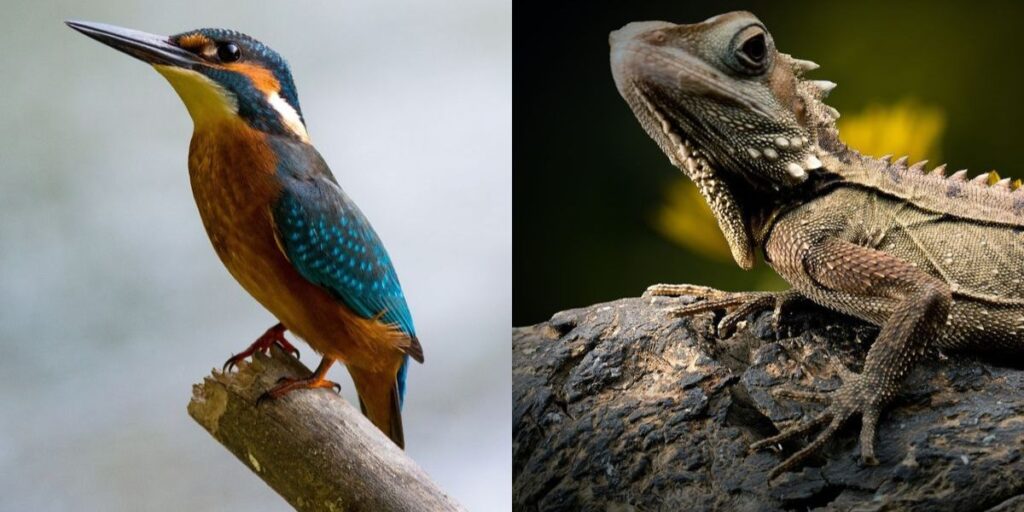
Birds’ consumption of lizard eggs raises intriguing questions about evolutionary relationships and ecological interactions. As birds continue to evolve, their dietary choices reflect survival instincts and the complex interplay between predator and prey in the natural world.
Final Words
Many bird species are primarily seed or insect eaters, some have been known to consume lizards as part of their diet. This behavior is particularly common among larger birds of prey and certain omnivorous species that can benefit from the protein and nutrients found in lizards.
Not all birds will hunt or eat lizards, as their dietary preferences vary widely based on habitat, availability of food sources, and individual species characteristics. Understanding these dietary habits can help bird enthusiasts better appreciate the complexities of avian life and their roles in the ecosystem. If you are interested in observing such behaviors, consider creating a wildlife-friendly environment in your backyard to attract a diverse range of bird species.
Can Birds Eat Lizards FAQs
Do Birds eat Lizards?
Many kinds of birds eat small lizards. Larger birds of prey such as hawks, owls, and eagles hunt, kill, and eat lizard. Snakes also eat them, as do many species of mammals such as weasels.
What Birds eat Lizards?
Lizards are popular prey for many types of predators, from birds of prey to snakes and carnivorous mammals. Their camouflage and ability to stay still for hours helps keep them safe.
Do Small Birds eat Lizards?
Yes, small birds and other birds eat lizards:
Martial eagle: Eats a common water monitor lizard in a tree hollow
Little egret: Eats a lizard
Red-billed hornbill: Eats a large skink
Common kestrel: Eats lizard prey on a rocky mound
Pygmy falcon: Eats a lizard in a tree
Little blue heron: Has a lizard
Do Crows eat Lizards?
Yes, crows eat lizards. Crows also hunt snakes, lizards, frogs, and toads. Crows raid the nests of many bird species, including Common Loons, Least Terns, Pinyon Jays, scrub-jays, American Robins, Savannah Sparrows, and Mallards, for this protein-rich food.
Name The Animals That Eats Lizards?
Birds, cats (including bobcats and other wild cats), snakes, possum, raccoons, dogs (including coyotes and other wild dogs), toads, fish, and so on. It varies by where in the world you’re talking about, but basically anything in the lower-middle tier of predators will eat lizards.
What are lizard Tree Runners Diet?
Lizard Tree Runners, specifically referring to the genus “Plica” (like the Collared Tree Runner), primarily eat insects, with ants being their main food source, but they may also consume other small arthropods like wasps, beetles, grasshoppers, and small larvae depending on availability; essentially making them insectivores.
